How to winterize a sprinkler system in 4 easy steps
Discover how to winterize a sprinkler system to prevent damage during the cold season

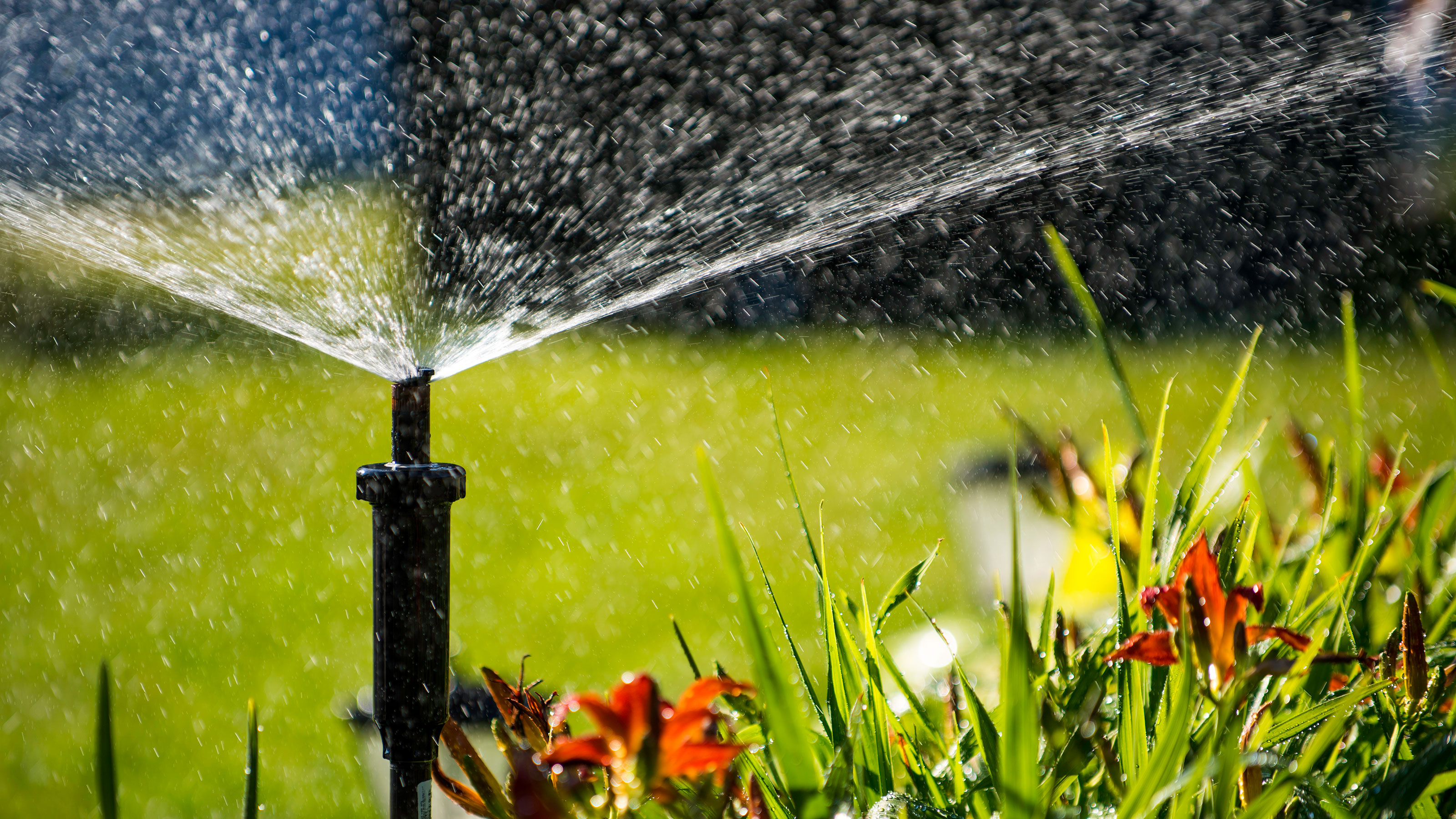
It’s essential to know how to winterize a sprinkler system to prevent damage to the pipes when there’s a freeze. Water expands when it freezes and if there’s water in the pipes of your irrigation system, it can cause expensive damage that’s also disruptive to remedy.
Winterize the sprinkler system in the fall as part of the process of getting your yard ready for winter. This needs to be before the first hard freeze. That way, the system will be ready for use again for watering plants and your lawn once spring comes around.
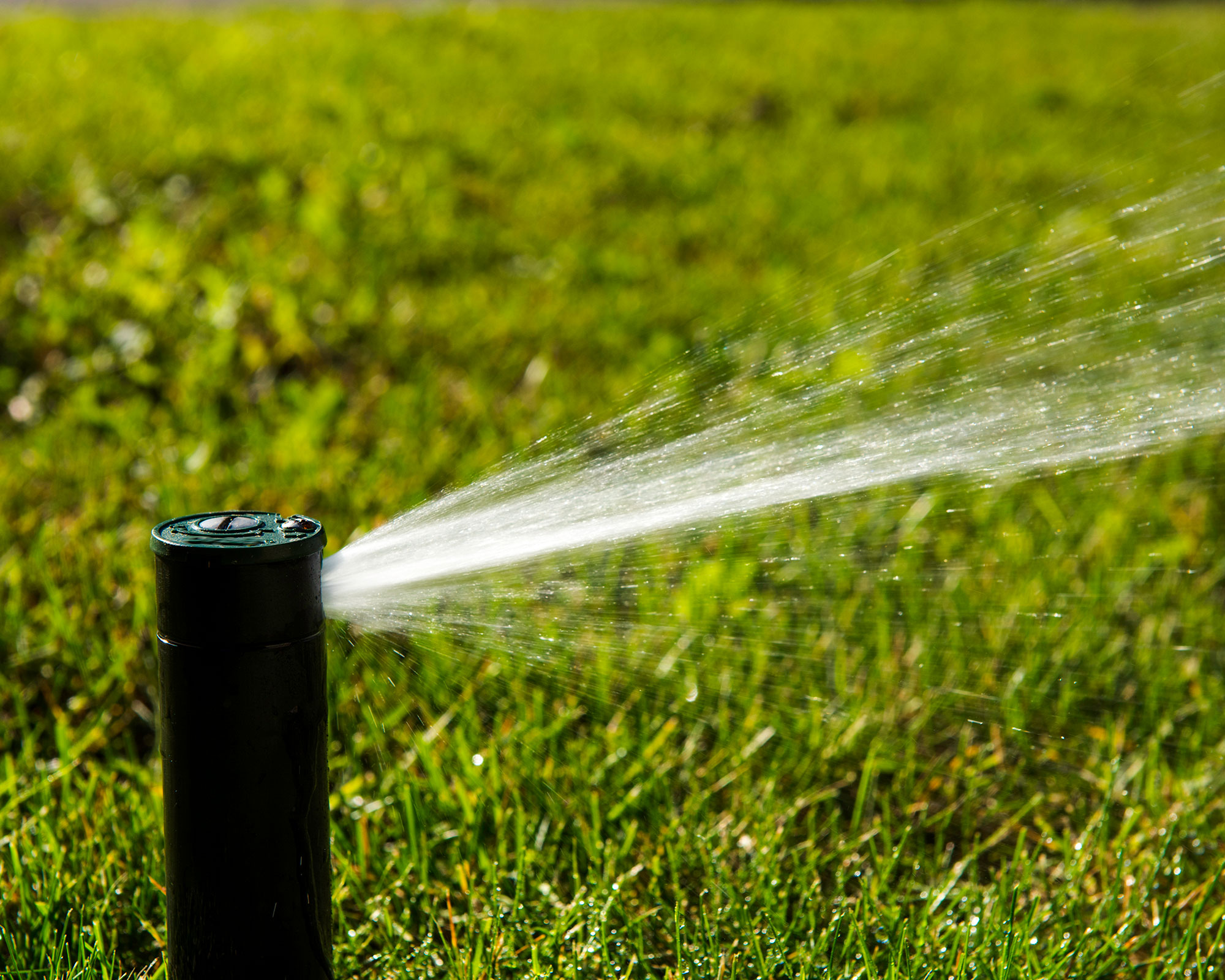
Learn how to winterize a sprinkler system to protect it from cold weather
Being sure about how to winterize a sprinkler system is necessary if you live in a region that experiences winter freezes. Follow these easy steps to keep yours in good shape through the cold weather conditions. Make sure to check your system’s instructions, too, for specific guidelines.
These are the steps necessary to winterize a garden sprinkler system.
1. Switch off the water supply
Shut off the water supply to the sprinkler system first. The main valve is likely located near the water meter in the basement or crawl space. The system may also have valves that prevent backflow, and if that’s the case, these should also be shut off.
2. Drain the water
While shutting off the water prevents it flowing into the system, the water that remains in the sprinkler system still needs to be drained off to avoid damage to the pipes in freezing conditions.
Water can be drained out of the system manually or automatically and, additionally, by learning how to blow out sprinklers with an air compressor. We’ll cover the first two in this guide, but be aware that sprinkler manufacturers recommend blowing out the pipes along with draining the system to be sure there is no water left anywhere.
Check your system’s instructions to see how it can be drained. Systems set up for manual draining have valves at low points, for example at the ends of pipes. Make sure to put on eye protection before beginning, and slowly open a valve at a time to let the water out. Close them after draining.
Some systems allow automatic draining once the water is shut off. Check the instructions, but this likely means running a sprinkler head once the water is off to get rid of the water that remains in the system.
Make sure you also drain water from the sprinkler valves – just make sure you remember where you've sited them if you've used some creative ways to hide sprinkler valves in your plot! To drain them, find the plastic cap with cables coming out of the top of it. This is the solenoid. Loosen this to allow the remaining water out and tighten again once the process is finished.
If you’re also blowing out the system, this is the stage to do so.
3. Insulate above ground
While you’ve taken action to prevent damage to the pipes in freezing conditions, it’s also important to protect the elements of the sprinkler system that are above ground.
The main shut-off valve should be insulated. ‘Make sure it is wrapped with insulation (foam insulation tape, available from Amazon, and a plastic bag) to protect it from harsh winter temperatures and prevent it from freezing,’ say the experts at Rain Bird.
Use foam insulation tape or foam insulation tubes for any exposed pipes and insulation tape for backflow preventers and valves that are above ground. Make sure not to block air vents or drain outlets on backflow preventers, though.
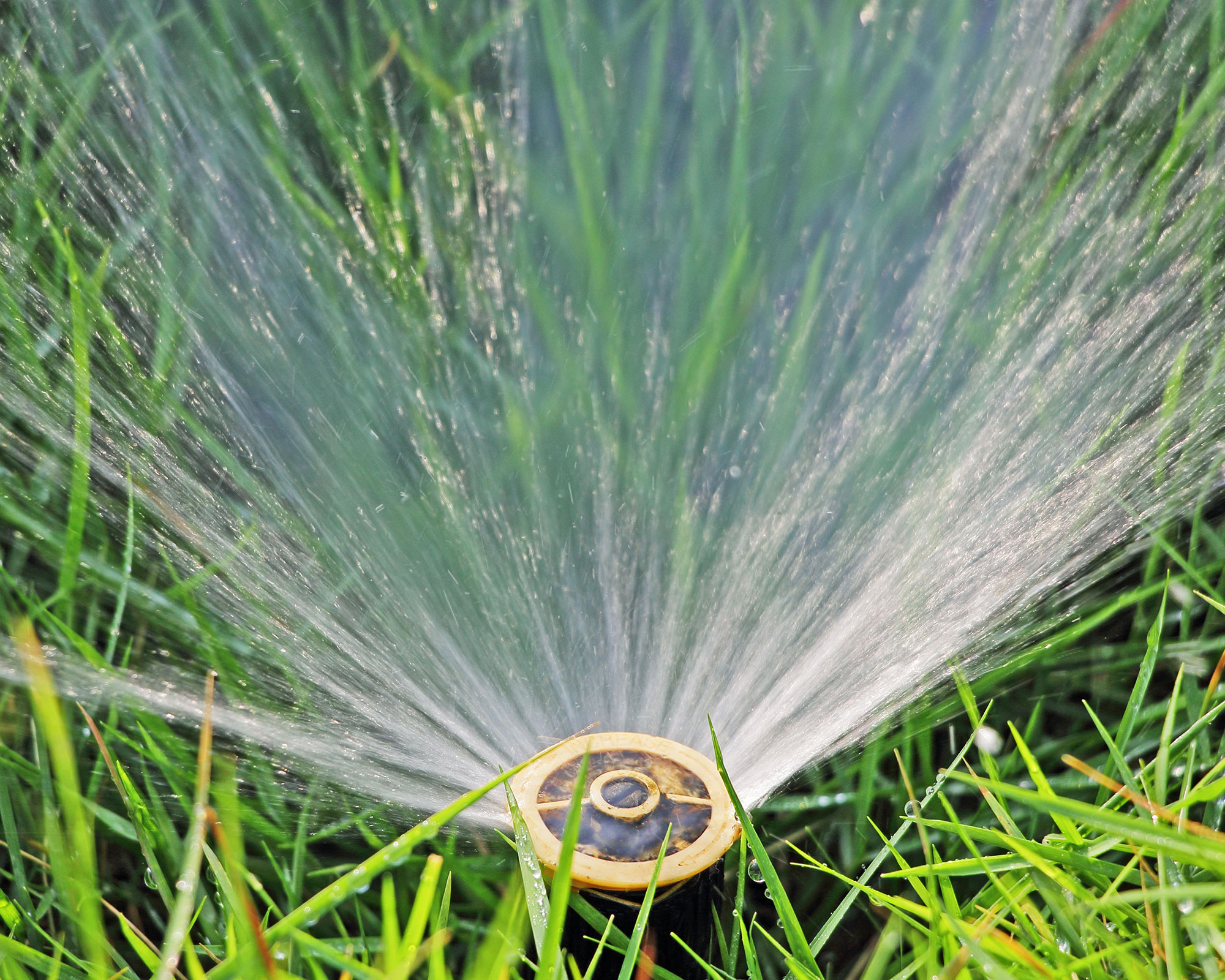
4. Turn off any timer
If your sprinkler system is fitted with a timer (for ease of watering plants while away on vacation perhaps), this should now be switched off. It may have a rain mode, so you could use this in order to retain the system settings ready for the spring.
‘If your controller is responsible for activating a pump, as a precaution you should remove the wires that are connected to the MV (master valve) and common terminals,’ advise the experts at Rain Bird. ‘This will prevent the possibility of the pump being accidentally activated which could cause damage from overheating.’
You can, of course, simply shut off the power to the controller, and then reprogram the system in spring.
If you have a smart controller like the Rachio 3 Smart Sprinkler Controller below, a standby mode can halt the watering schedules but keep it online until watering recommences.
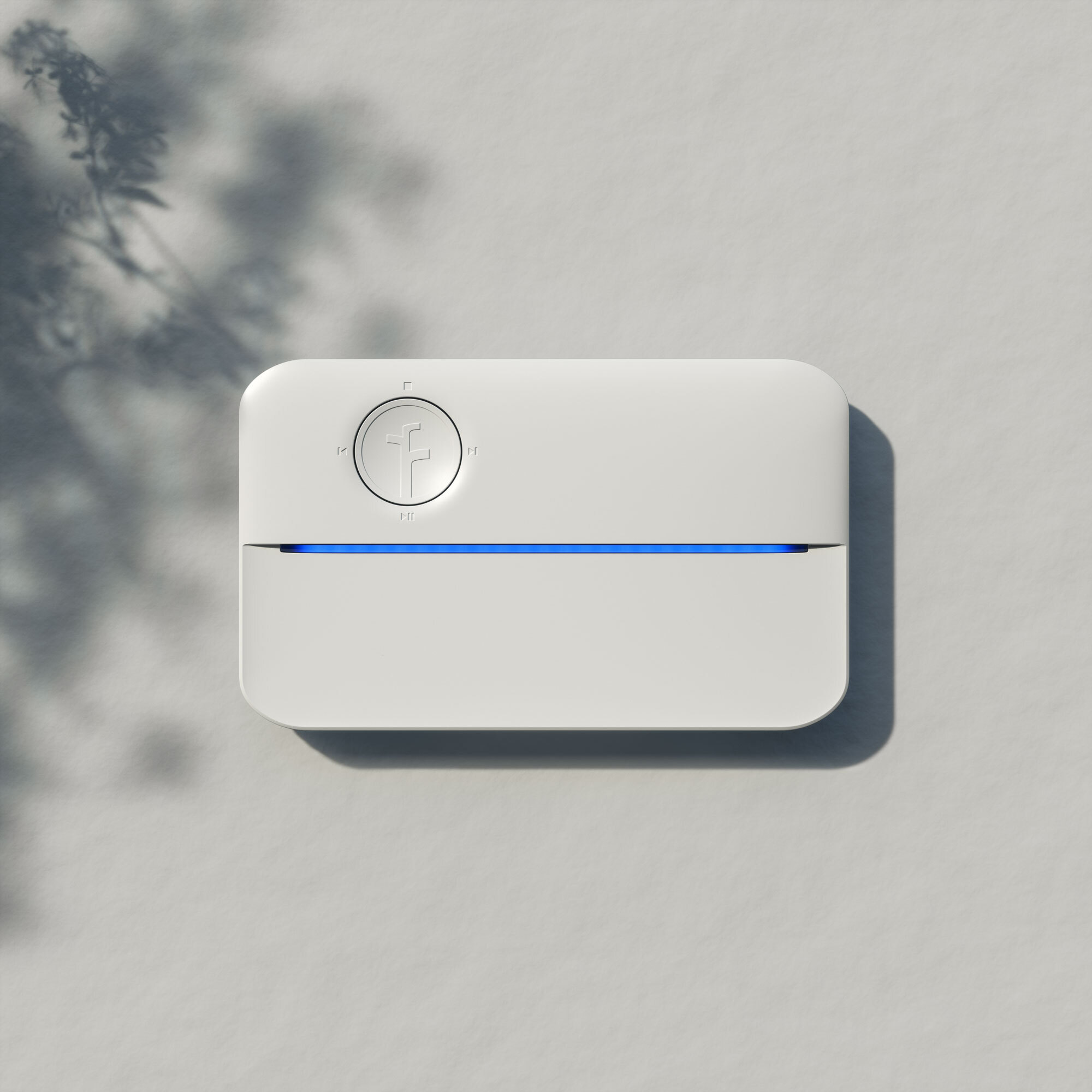
How do you winterize your sprinkler system yourself?
You can winterize a sprinkler system yourself as part of your fall gardening checklist. Be sure, though, to check the instructions for your system to be confident about whether there are any particular tasks that must be undertaken. The same applies when replacing a sprinkler head, for example. Bear in mind that not following the correct guidance could mean breaching the warranty.
Calling in a pro can be a good move, on the other hand. ‘Rachio recommends contacting a landscape professional to help winterize your sprinkler system and ensure it’s ready for next season,’ says the company’s Darik Chandler.
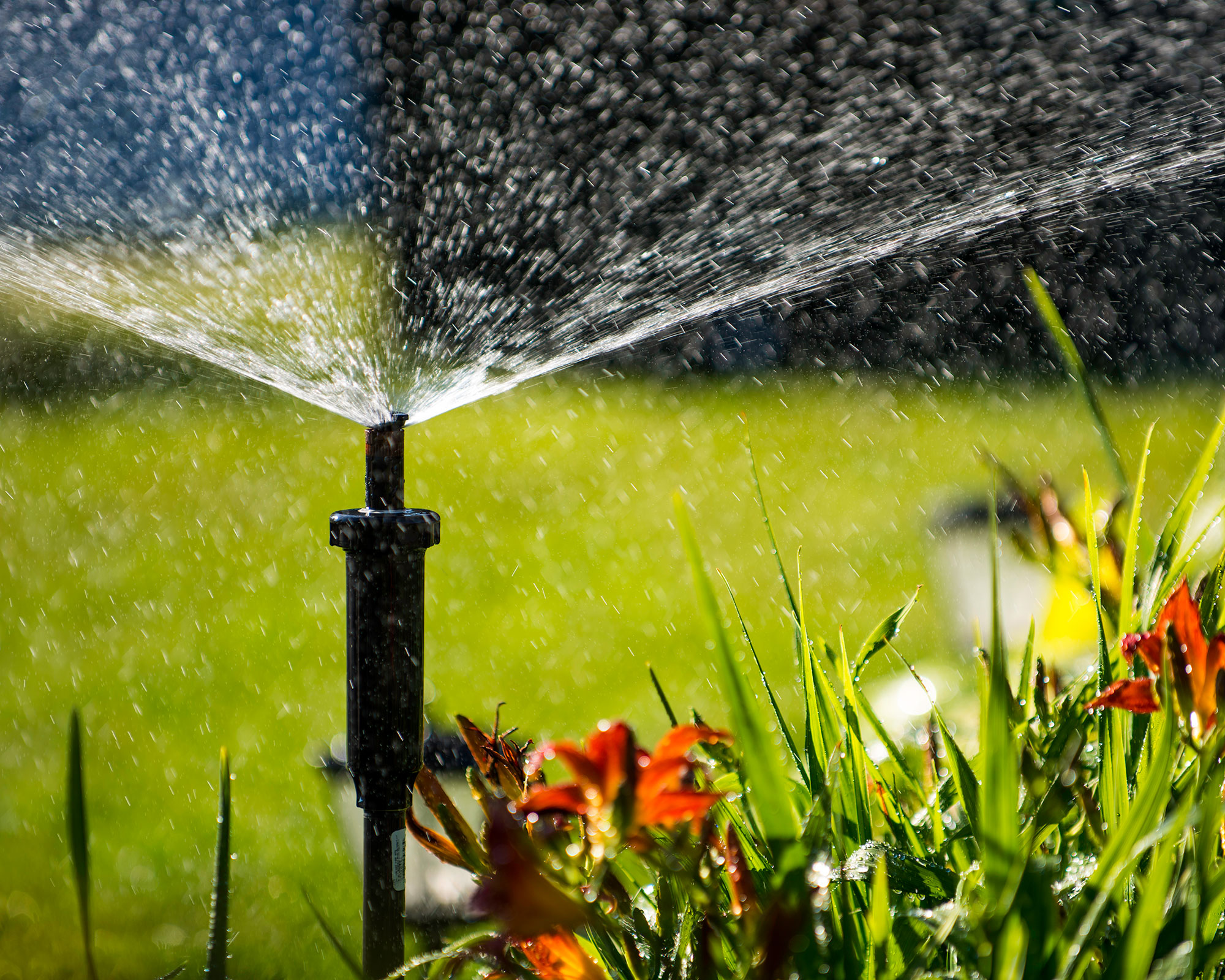
How do you bleed a sprinkler system for the winter?
Bleeding a sprinkler system for the winter means removing all the water from the pipes so that it doesn’t freeze and therefore expand, potentially cracking them. In other words, you’re winterizing the system.
How you bleed it will depend on your sprinkler system: some drain automatically, while others have manual drain valves. ‘Blowing the water out with an air compressor is an additional step to remove any water that’s left behind, although you may want to call in a pro to do this,’ advises Beth Murton, editor of Gardeningetc.

Sarah is a freelance journalist and editor writing for websites, national newspapers, and magazines. She’s spent most of her journalistic career specialising in homes and gardens and loves investigating the benefits, costs and practicalities of home improvement. It's no big surprise that she likes to put what she writes about into practice, and is a serial house revamper.
